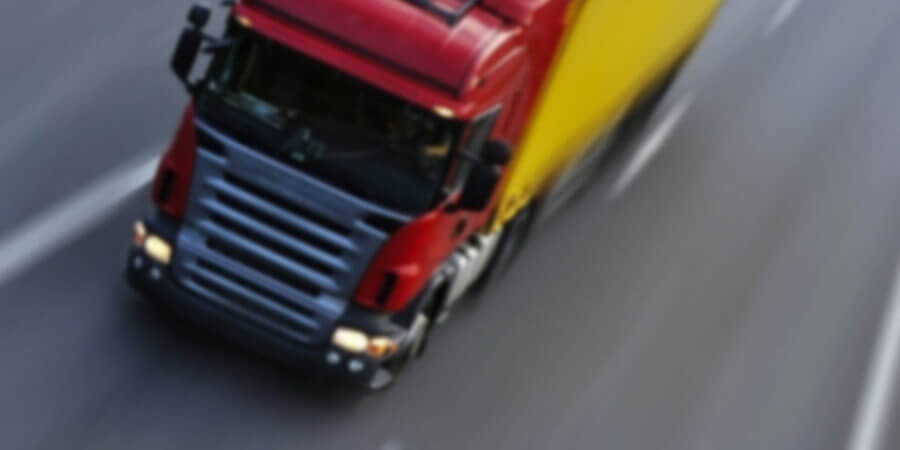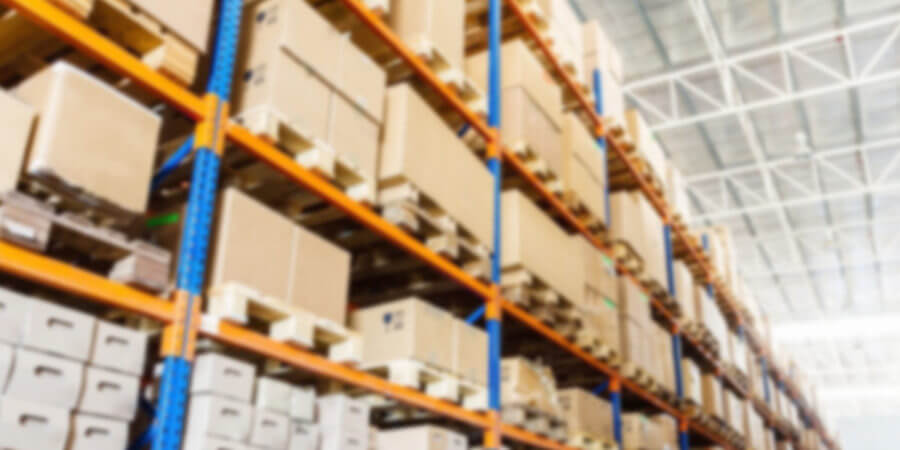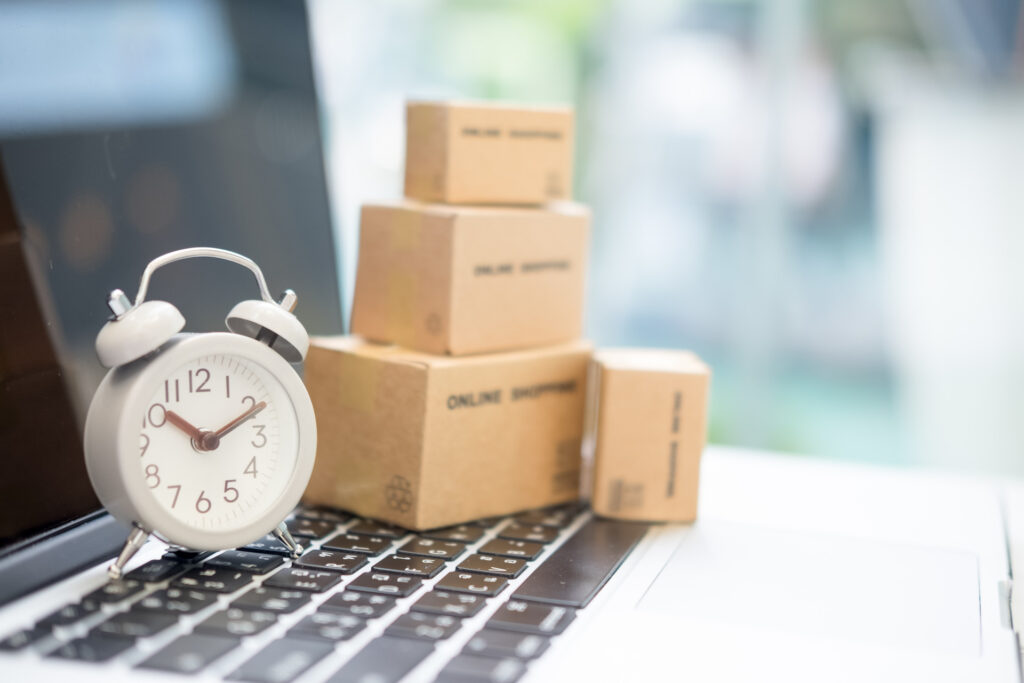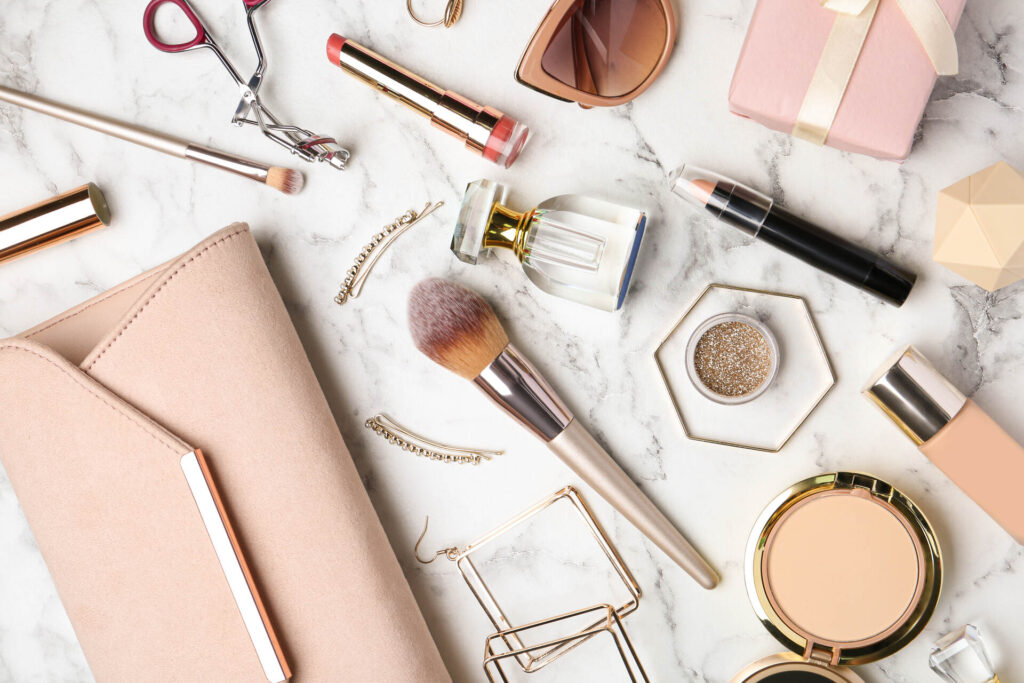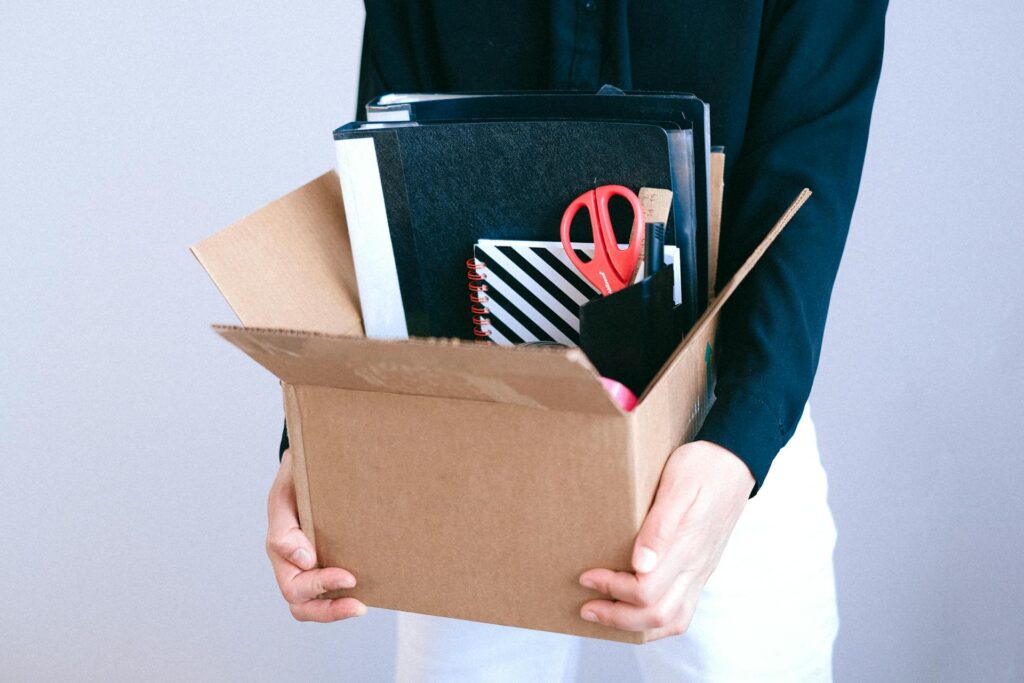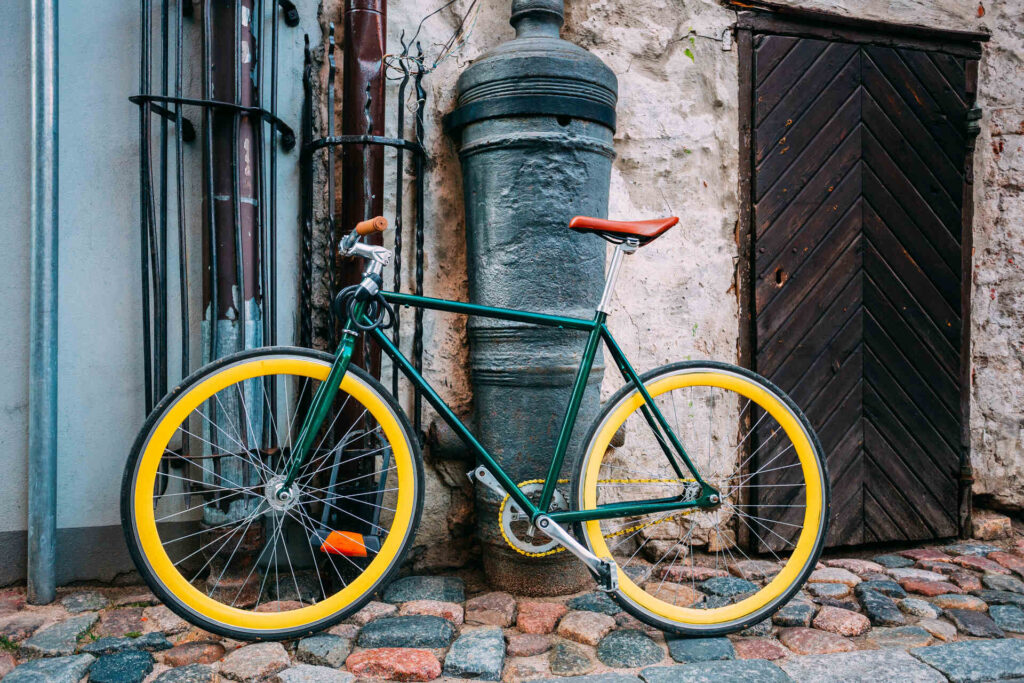The risk of scratches, dents, and scuffs to your flooring can be high during the moving process. That’s precisely why learning how to protect floors when moving heavy furniture and boxes mustn’t be overlooked. Our blog post offers essential tips and strategies for safeguarding your floors, ensuring they remain pristine during the transition to your new home.
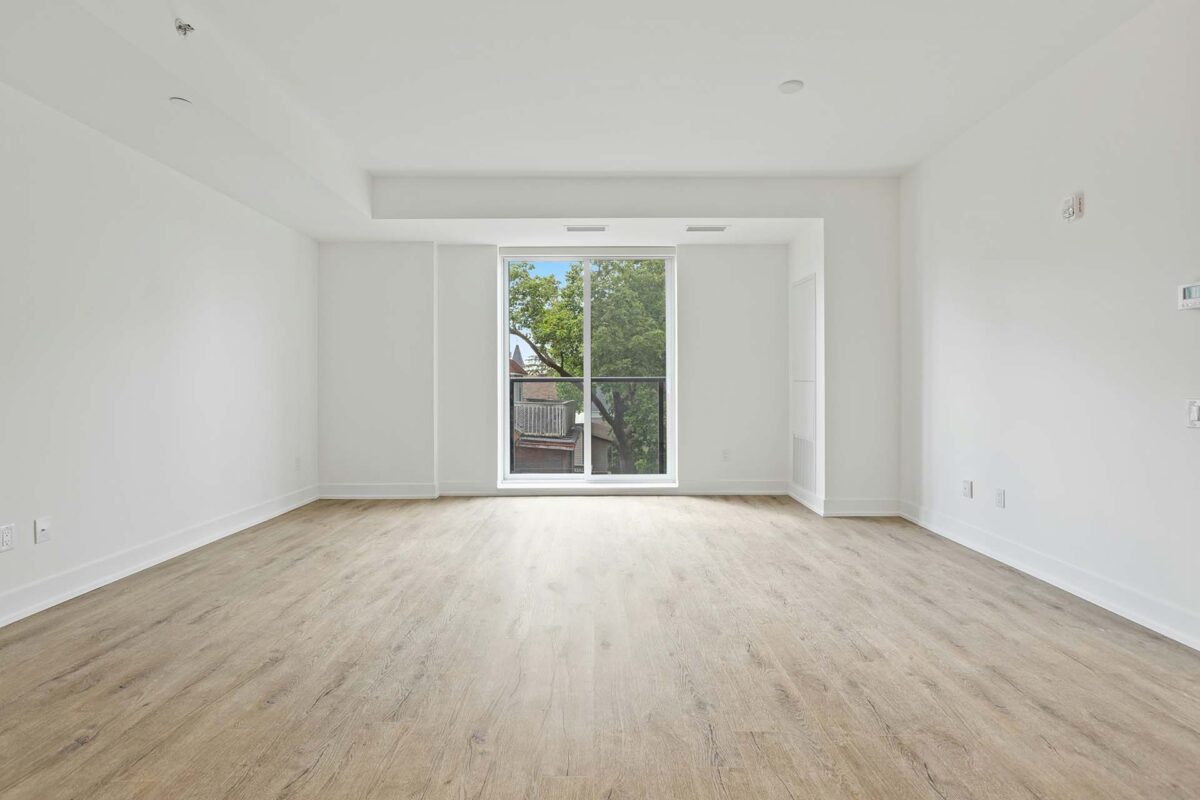

How to Protect Floors When Moving?
When relocating across the world, you need to think about protecting floors when transporting your belongings out of the old home. Start by laying down floor runners or protective cardboard on high-traffic paths. Use furniture sliders under large items to prevent scratches and dents and move safely. For carpeted areas, consider using self-adhesive carpet protectors that stick to the carpet and peel off easily.
Additionally, you can place felt pads under furniture legs before you move the piece. Ensure that everyone involved in the relocation wears clean, soft-soled shoes to avoid bringing in dirt or debris that could scratch wood floors. These steps can significantly reduce the risk of damage during your relocation with an overseas moving company to a new home abroad.
Floor Safety in Relocation – First, Identify Your Floor Type and Its Needs
When organizing a relocation, it’s crucial to recognize the specific type of flooring in your home. Each variety has unique characteristics and requires a tailored approach for preservation. Hardwood, for instance, is prone to scratches and dents, while carpet can easily sustain stains and damage when relocating furniture. Tile, although hardy, can crack under extreme pressure.
It’s Crucial to Tailor Protection During Moving to Material Types
Identifying the risks of damage to the material of your flooring is the first step towards ensuring safety during the relocation to another country. A one-size-fits-all approach doesn’t work when it comes to safeguarding your home during a relocation. For hardwood, consider using felt pads under furniture and securing protective floor coverings.
Carpets benefit from thick, non-slip sheets to prevent tearing and stains. Tile flooring requires a sturdy but cushioned layer to absorb shocks. For laminate, use materials that prevent scuffing and scratching. This customized protection strategy will ensure that your old home remains in pristine condition while your hired movers do their work.
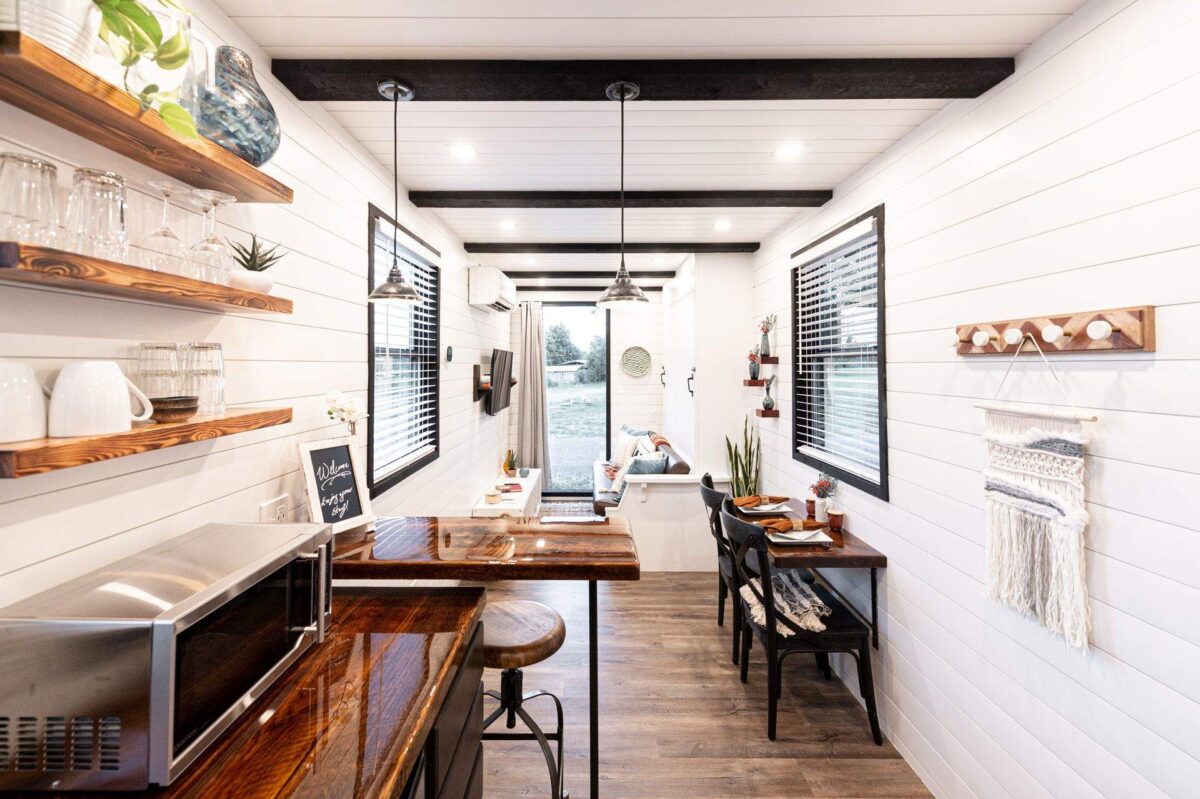

Gather Protection Materials – Essential Supplies and Tools
The key to safeguarding your old home is to have the right materials for relocating at hand. Essential supplies include a variety of items, each designed to cater to different flooring types and their specific needs. From felt pads to plastic covers, selecting the right tools will make a significant difference in protecting your surfaces from potential damage. Here are some guidelines to help you select the best materials for each type of surface:
- Hardwood surface – Use felt pads for transporting furniture and plywood sheets to distribute the weight of heavy items evenly.
- Carpeted surface – Apply self-adhesive carpet films for dirt and spill protection, and use thick, non-slip sheets to prevent tears and cushion the surface.
- Tile surface – Lay down corrugated cardboard for shock absorption and neoprene sheets for a non-slip protective layer.
- Laminate surface – Opt for foam mats to prevent scuffs and rubberized runners to protect against damage and reduce slipping risk.
Tips on Utilizing Additional Tools and Equipment for Preventing Floor Damage
Besides protective materials, using the right tools and equipment is equally important in preventing damage during the moving overseas process. If you ask our professional movers at Sunset International Shipping, our relocation tip would be to use the following equipment:
- Furniture dollies – These are essential for transporting heavy items without dragging them and damaging the surfaces. They distribute weight evenly and reduce the risk of dents and scratches.
- Furniture sliders – Place these under the legs or corners of heavy pieces. They allow for smooth, effortless movement across any surface type.
- Furniture blankets – Wrap heavy items in these blankets to prevent accidental drops or collisions that could damage the surface.
- Wheel-based equipment – For extremely heavy items, consider using wheel-based tools like hand trucks or trolleys, ensuring they have rubber wheels to minimize impact.
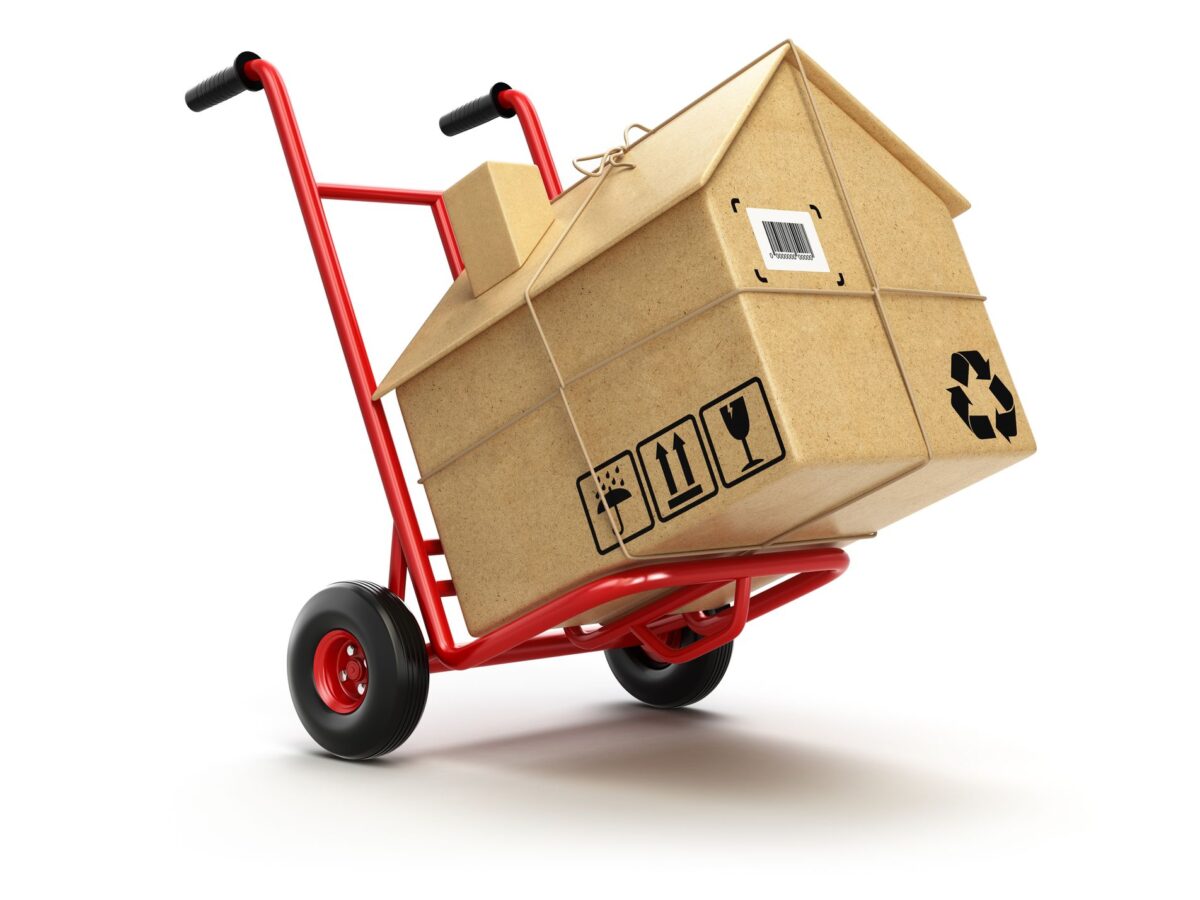

How to Prepare Floors Pre-Move
Preparing your surfaces before the big day is a key step in preventing damage. Start by thoroughly cleaning to remove dust and debris, which can cause scratches under protective materials. Accurately measure areas where movement will occur to ensure complete coverage with protective materials. Inspect for pre-existing damage and document it to avoid worsening these areas during the relocation. This thorough preparation will help you relocate abroad without much fuss and relocation stress.
Guidelines for Strategic Placement of Protective Materials When Moving Internationally
When moving abroad, strategic placement of surface protectors is essential for maximum coverage and protection. Focus on covering high-traffic areas like hallways and doorways, as these are most susceptible to damage. Secure the protective materials firmly to the surface to prevent slipping or shifting, using tapes that are safe for each material type.
When using plastic covers or runners, overlap the edges to leave no part of the flooring exposed. Don’t forget to protect staircases, both the treads and railings, if transporting items up or down. Cover the entire perimeter of rooms, especially if you need to relocate large furniture, to protect edges and corners from damage.
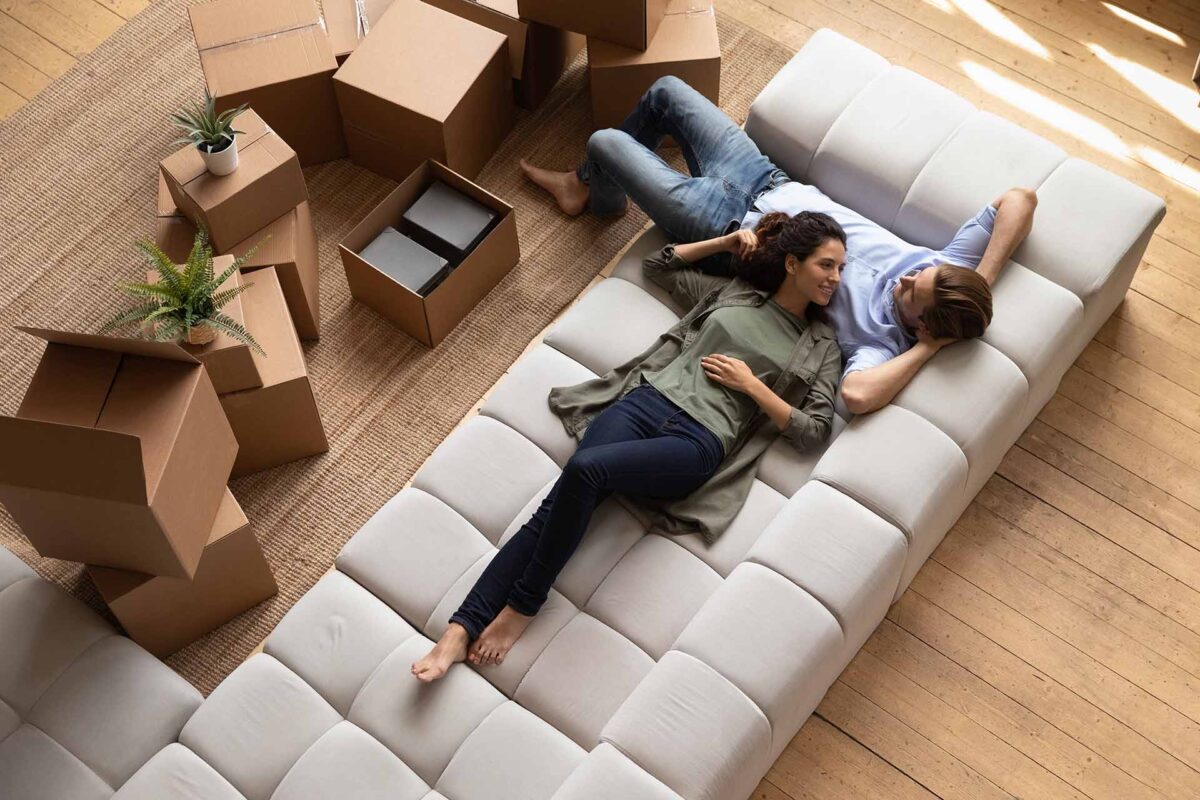

Furniture and Appliance Moving Practices You Should Know
So, how to move appliances without scratching the flooring? When relocating appliances, it’s crucial to adopt methods that minimize floor contact, thus preventing damage. Efficient relocation also involves implementing proper lifting techniques where items are lifted, not dragged. This approach involves bending at the knees and keeping the back straight while lifting, helping you avoid back pain or injury.
What about furniture? Utilizing tools like sliders can make a significant difference, allowing heavy items to glide across the surface effortlessly.
For extremely bulky or heavy pieces, using a dolly is advisable.
Dollies help distribute the item’s weight evenly and facilitate smooth movement without direct contact with the surface.
Tips on How to Protect Wood Floors When Moving Furniture
How to protect hardwood floors during the move? Protecting hardwood floors requires specific relocation hacks. This includes using soft padding or felt pads under furniture legs to create a protective barrier between the furniture and the wood surface.
Any exposed metal or sharp edges should be covered or wrapped to prevent gouges in the wood. Additionally, planning the transporting route in advance can help avoid unnecessary back-and-forth movement, reducing the risk of scratching the wood.
Overseas Shipping Company Advice for Avoiding Common Mistakes
What are Sunset International Shipping’s most vital tips for preventing damage to flooring? To avoid common relocation mistakes, one should never drag furniture across the floor. Keep in mind that even small items can cause scratches, so make sure everything is lifted off the ground.
A common oversight we notice in our clients who are relocating overseas is neglecting the use of flooring protection. Not laying down protective materials can lead to significant damage. By being mindful of these aspects, you can ensure the safety of your floors during the relocation process.


Post-Move Floor Care – What to Do When All Belongings Are Safely Moved Out of Your Old Home?
After the relocation of all your belongings, it’s vital to turn your attention to post-relocation floor care. This care is key to leaving the old home in excellent condition, either for the new occupants or to preserve the property’s value if it is up for sale. This process includes a thorough inspection and cleaning of the flooring, along with addressing any damage that may have occurred while your belongings were being moved out.
Inspect and Clean Floors After the Move If Necessary
The first step in post-relocation care is conducting a detailed inspection of the flooring in each room. Look for any signs of damage, such as scuffs or marks that might have been caused when the furniture or other large items were being transported. Following the inspection, it’s important to clean the floors appropriately.
For hardwood floors, this might mean a gentle sweep and mop with a suitable cleaning agent. Carpets may require thorough vacuuming if there are visible stains. Tiles and laminate floors can typically be cleaned with a standard mop and a cleaning solution, with special attention to grout lines where dirt can accumulate.
Tips on Addressing Any Damages
What to do if you notice any damage? First, assess the extent and type of damage, whether it’s scratches, dents, or stains. For more serious damage, especially on hardwood, it’s advisable to consult a professional for the best repair methods.
Minor scratches on hardwood can often be managed with DIY solutions like color-matched wood filler or touch-up markers. For carpets, small tears might be fixable with a carpet repair kit. If you’re renting or selling the home, make sure to document any damage with photos, as this can be helpful in discussions with landlords, potential buyers, or the relocation company.
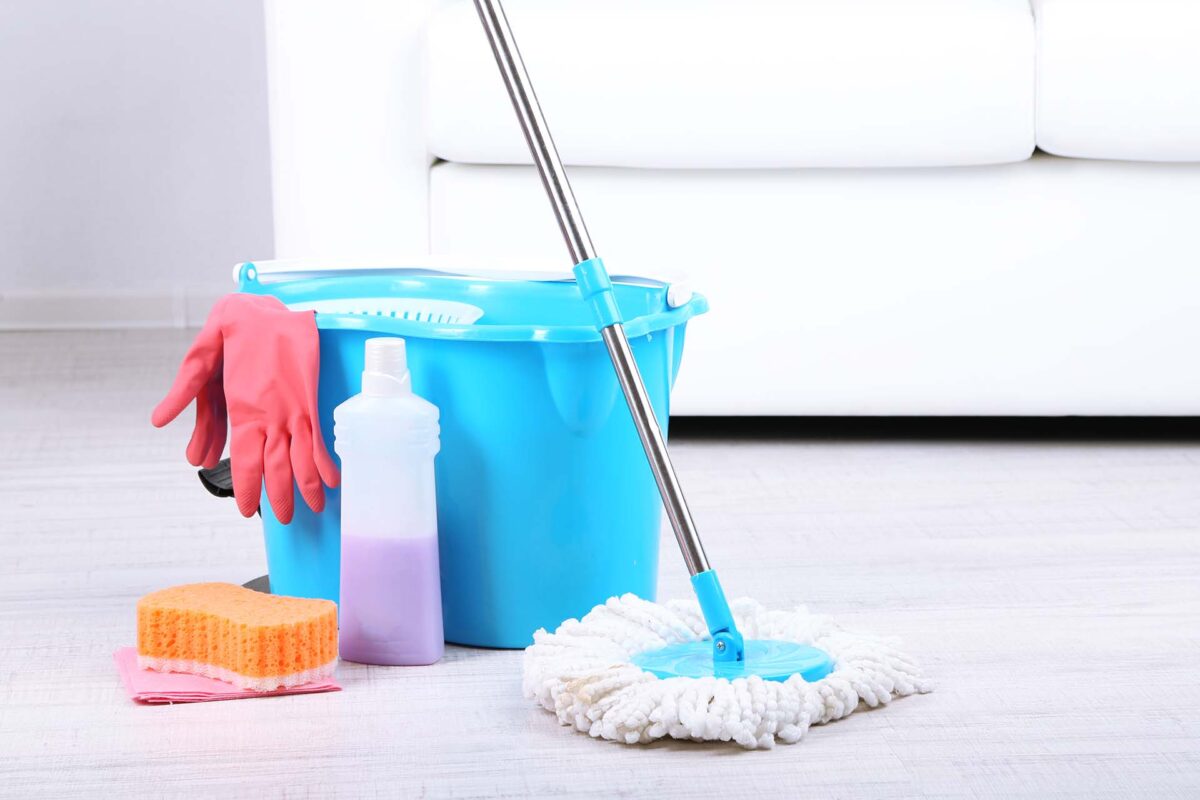

Contact Sunset International Shipping – Our Team Can Easily Move Your Things Without Damaging the Flooring
When planning your next move, consider Sunset International Shipping for a seamless experience and top-notch moving services. Our international moving company specializes in providing packing assistance and handling your belongings with the utmost care, ensuring no damage is done to your flooring. With state-of-the-art equipment and proven techniques, we guarantee a smooth transition across borders.
Our commitment to efficient shipping overseas is matched only by our dedication to customer satisfaction. Trust us to make your relocation stress-free, preserving the integrity of your home every step of the way. Contact us to discuss how we can cater to your specific relocation needs – we’re looking forward to helping you!
The best way to protect hardwood surfaces during a relocation is by using specialized floor protection materials. Felt pads, furniture sliders, and plywood sheets are ideal. Felt pads can be attached to the legs of furniture to prevent scratches, while sliders allow heavy items to glide across the floor without causing damage. Plywood sheets can be laid down to create a solid path, distributing weight evenly and preventing dents.
Regular blankets or sheets can be used as protectors, but they are less effective than specialized materials. While they can provide a cushioning layer to prevent scratches, they don’t offer the same level of protection against heavier impacts or sharp edges. They also tend to slip more easily, which can be a hazard during the relocation process.
To move heavy belongings without damaging flooring, use furniture sliders or a dolly. When placed under the legs or base of the furniture, this equipment helps distribute the weight evenly and allows smooth movement across the ground. For extremely heavy items, a dolly with rubber wheels is ideal as it minimizes direct contact and pressure on the surface.


